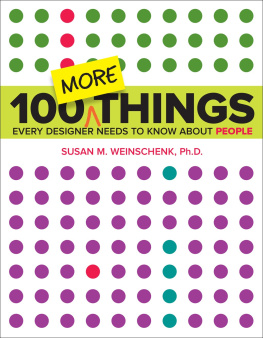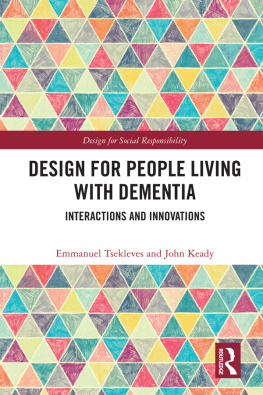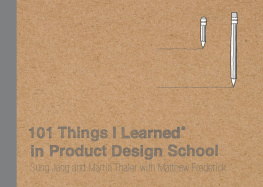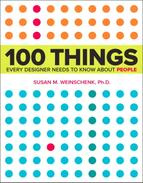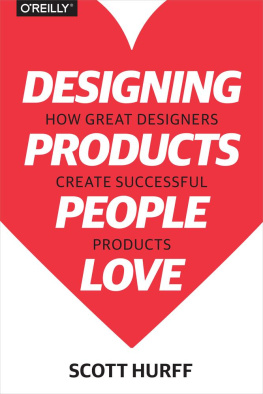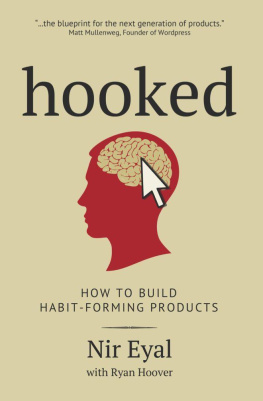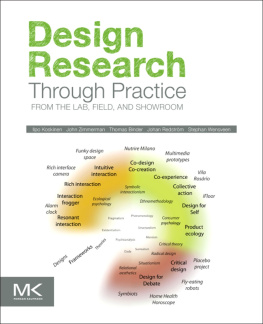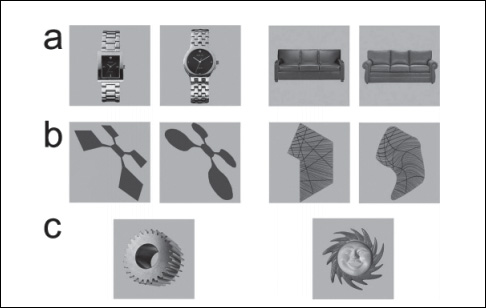Susan Weinschenk - 100 MORE Things Every Designer Needs to Know About People
Here you can read online Susan Weinschenk - 100 MORE Things Every Designer Needs to Know About People full text of the book (entire story) in english for free. Download pdf and epub, get meaning, cover and reviews about this ebook. year: 2011, publisher: New Riders, genre: Politics. Description of the work, (preface) as well as reviews are available. Best literature library LitArk.com created for fans of good reading and offers a wide selection of genres:
Romance novel
Science fiction
Adventure
Detective
Science
History
Home and family
Prose
Art
Politics
Computer
Non-fiction
Religion
Business
Children
Humor
Choose a favorite category and find really read worthwhile books. Enjoy immersion in the world of imagination, feel the emotions of the characters or learn something new for yourself, make an fascinating discovery.
- Book:100 MORE Things Every Designer Needs to Know About People
- Author:
- Publisher:New Riders
- Genre:
- Year:2011
- Rating:3 / 5
- Favourites:Add to favourites
- Your mark:
100 MORE Things Every Designer Needs to Know About People: summary, description and annotation
We offer to read an annotation, description, summary or preface (depends on what the author of the book "100 MORE Things Every Designer Needs to Know About People" wrote himself). If you haven't found the necessary information about the book — write in the comments, we will try to find it.
Thousands of designers, marketers, and product managers have
come to rely on Susan Weinschenks original 100 Things Every
Designer Needs To Know About People as a go-to book
for practical advice on how to use the latest findings in
psychology and neuroscience to directly inform and improve their
designs, brands, and products. Research hasnt stopped since
the book was written, and new design challenges have emerged.
Weinschenks new book, 100 MORE Things Every Designer Needs
To Know About People applies the latest research in psychology,
neuroscience, brain research, and social psychology to the design
of technology products, including websites, apps, wearables, and
artificial intelligence. Weinschenk combines real science and
research citations with practical examples to make her 100 MORE
Things engaging, persuasive, easy to read, accessible, and useful.
100 MORE Things Every Designer Needs to Know About People is not
just another design guidelines book because it
explains the WHY behind the guidelines, providing concrete examples
and prescriptions that can be easily and instantly applied.
Susan Weinschenk: author's other books
Who wrote 100 MORE Things Every Designer Needs to Know About People? Find out the surname, the name of the author of the book and a list of all author's works by series.

